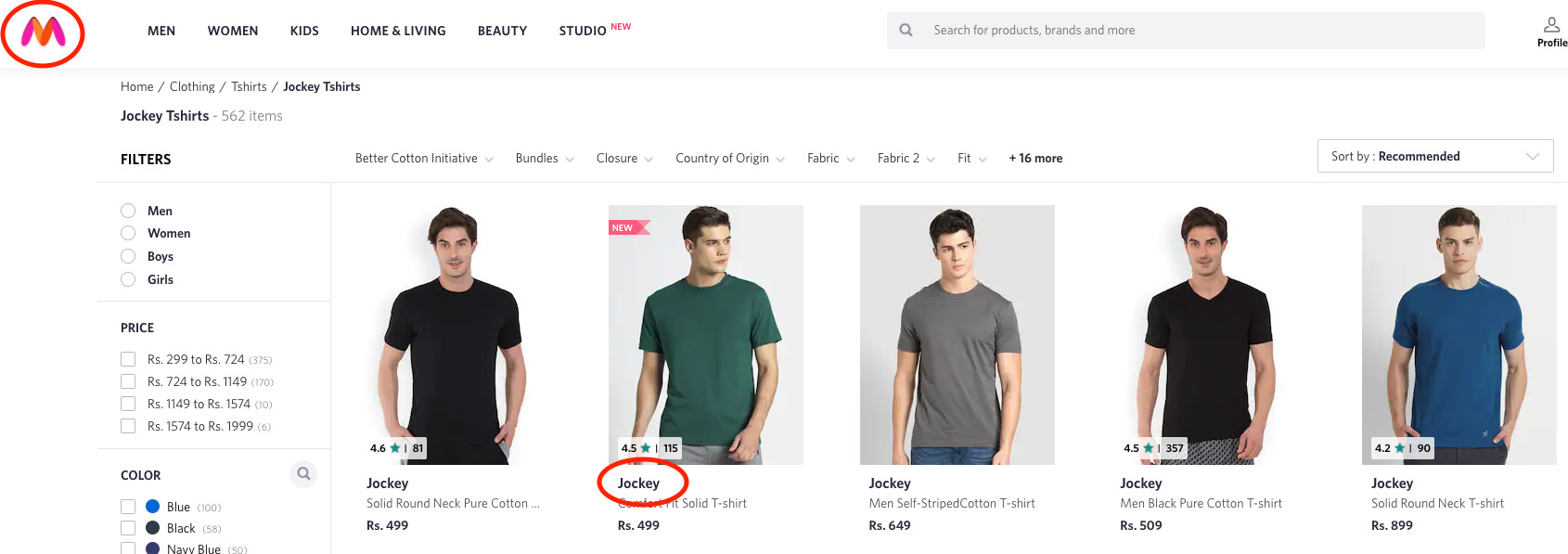If you had the option for your company to interact with customers on a variety of different platforms and apps, increase brand awareness and loyalty, and grow your revenue exponentially, would you take it?
Of course you would.
There’s a recipe for success when it comes to multi-channel marketing and why it works so well:
Name recognition + brand credibility + easy comparison = increased revenue
Here’s that journey in action:
Say a user interacts with a brand on their Instagram shop. They might browse through a few items, but they don’t make a purchase. A few days later, they decide they’re ready to make a purchase, but instead of heading to an app, they check out their favorite online retail marketplace, where they see the same brand again. This is a win in 3 ways.

First, it creates name recognition. Seeing a brand’s name once on Instagram doesn’t guarantee that a consumer will remember it, but seeing it again in a few different places definitely will increase those odds.
Second, it builds brand credibility. While any company can sell on a social media platform, not every brand will be accepted to sell on a retail platform. A majority of eCommerce purchases are made on retail marketplaces, which means consumers trust these sites, and being on one of them will create a sense of trust for a brand, too.
Third, it provides for an easy comparison journey for consumers. It’s rare nowadays that a consumer will purchase the first item they see the first time they see it – they want to know they’re getting the best bang for their buck, and that they’re buying the perfect product for them. Making that comparison process easier by being present across channels is a win for brands and buyers.

With more trust in and recognition of a brand, consumers will purchase more products and will purchase them more often, thus growing revenues.
So what stops brands from following a multi-channel strategy?
It can be time-consuming to integrate onto various platforms. Adding and linking individual products on a social media store might be simple enough, but adding a complete product catalog to a marketplace or department store means exchanging a ton of data through different formats and platforms – a process that without automation could take 4-9 months.
To help solve this problem, Cymbio created a brand-to-retail connectivity platform that automates this process. Our technology serves as the bridge between these two, translating the brand’s data into a language that the retailer speaks, and automating all the processes between the two, including inventory management, order fulfillment, shipping processes, and more. And unlike other companies, Cymbio’s technology works for every type of platform, thus giving brands access to more channels than ever before.
